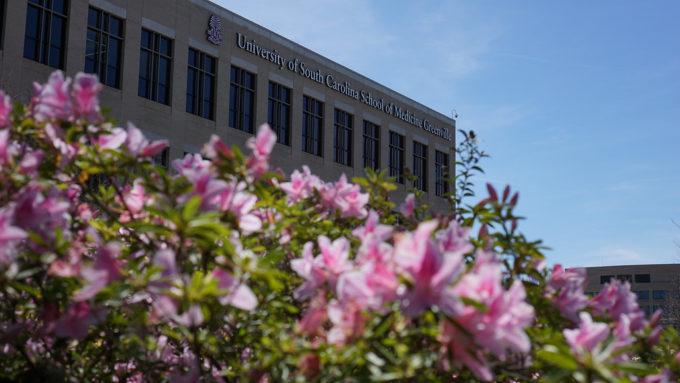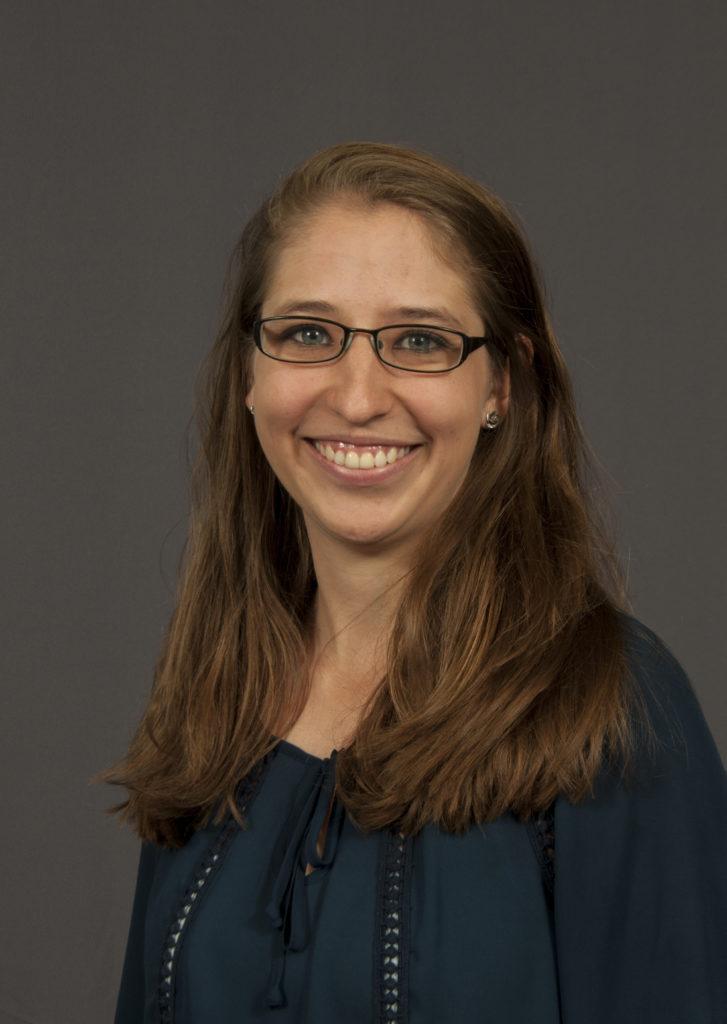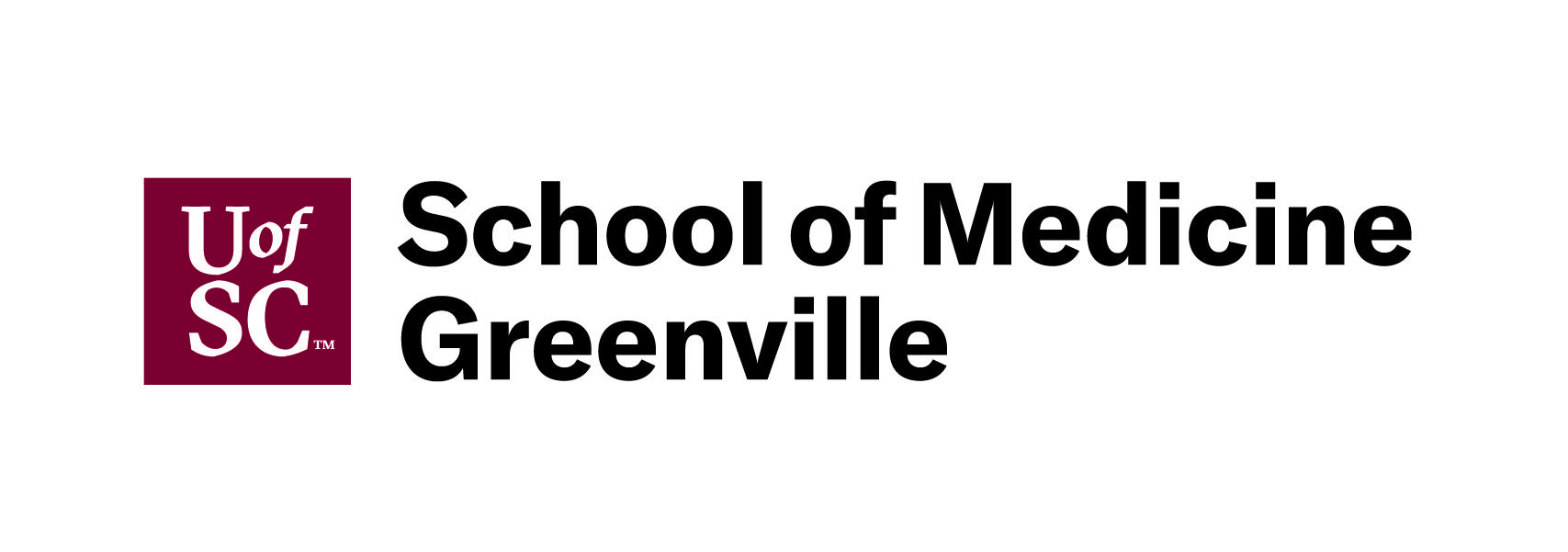
Get the latest articles delivered directly to your inbox!
Our Contributors
Class of 2022
Kyle Duke
Austin Foster
Charlotte Leblang
Ross Lordo
Class of 2021
Dory Askins
Connor Brunson
Keiko Cooley
Mason Jackson
Class of 2020
Megan Angermayer
Carrie Bailes
Leanne Brechtel
Hope Conrad
Alexis del Vecchio
Brantley Dick
Scott Farley
Irina Geiculescu
Alex Hartman
Zegilor Laney
Julia Moss
Josh Schammel
Raychel Simpson
Teodora Stoikov
Anna Tarasidis
Class of 2019
Michael Alexander
Caitlin Li
Ben Snyder
Class of 2018
Alyssa Adkins
Tee Griscom
Stephen Hudson
Eleasa Hulon
Hannah Kline
Andrew Lee
Noah Smith
Crystal Sosa
Jeremiah White
Jessica Williams
Class of 2017
Carly Atwood
Laura Cook
Ben DeMarco
Rachel Nelson
Megan Epperson
Rachel Heidt
Tori Seigler
Class of 2016
Shea Ray
Matt Eisenstat
Eric Fulmer
Geevan George
Maglin Halsey
Jennifer Reinovsky
Kyle Townsend
Join USCSOMG students on their journeys to becoming exceptional physician leaders.

How many countries can you see in one morning?
Costa Rica. Uruguay. Cuba. Puerto Rico. Mexico. Dominican Republic. South Carolina. Colombia.
Dr. López excitedly marked down the places of origin of each of the patients we had seen in his clinic that morning. It was impressive, like we were at the Olympics and there was a representative from nearly half the nations in the western hemisphere. But this was a family medicine clinic in Simpsonville, South Carolina – a state where 63.8% of the population is “White, not Hispanic or Latino”, and 27.3% of the population is “Black or African American”. It was beginning to seem like the entire 5.7% of S.C. that is “Hispanic or Latino” was a patient in this clinic. Of course that is not the case, but during my clinical rotations it has been a rarity to see this kind of diversity.
Dr. Alberto López was born in Puerto Rico. Being a native Spanish speaker has allowed him to build a clinical practice treating many Spanish speakers. Spanish language skills are especially useful in Upstate SC, where there are relatively few Spanish-speaking physicians for the more than 34 thousand Spanish speakers in the area. Although most of the patients at the family medicine practice where Dr. López works live nearby, some of his patients travel over an hour to see a doctor who speaks their language. It is obvious when he meets a patient from Puerto Rico that there is a special bond in their common place of origin, but it is also obvious that his ability to speak Spanish allows him to connect to his Spanish-speaking patients.
As a medical student, I’ve had the opportunity to watch a lot of patient-doctor interactions. When those interactions are impacted by a language barrier, patient care suffers. Even though interpreter services help patients who do not speak English to access healthcare, the ability to directly speak to your provider without a go-between is a privilege that should not be overlooked. Dr. López’s patients seemed less likely to hesitate to ask questions and seemed more comfortable accessing the healthcare system. They seemed to enjoy coming to their appointments. Seeing the relative ease with which these patients communicated with their physician, I understood why someone would drive for over an hour each way to reach a doctor who spoke their language.

About the Author: Julia Moss
I grew up in Charleston, SC and graduated from the College of Charleston in 2015 with a degree in Biology, Health, and Neurosciences. As an undergraduate, I worked in a neuroscience lab, travelled to South America as much as possible, and volunteered at free clinics. Back in Greenville for my medical education, on the same hospital campus where I was born, I’m excited to be a part of the USCSOMG class of 2020!
Copyright 2021 USC School of Medicine Greenville

